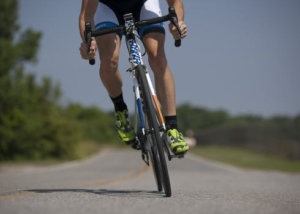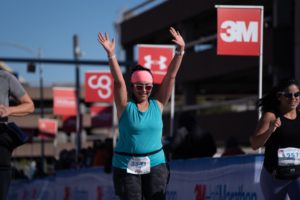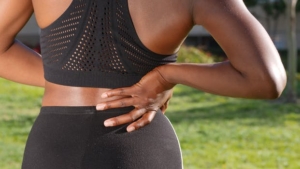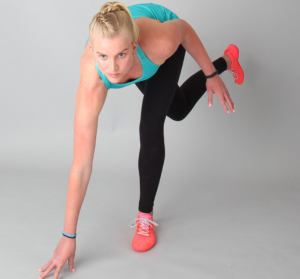Learn how cross-training is beneficial and can help you become a more balanced runner
Whether you’ve just discovered running or have been a runner for years, it’s important to know why cross-training is beneficial. This becomes more important for runners as they begin to train for their next event. You’ll need to build your endurance in a holistic and balanced way. Cross-training is beneficial because it can help you prevent injury, avoid burnout, and improve your performance.
Cross-training refers to any kind of training done to supplement your running. As a runner, you should use cross-training in combination with your running to achieve your goals. As a beginner runner, including swimming, cycling, weight lifting, and yoga can enable you to become a more balanced runner. Pro tip: if you’re crunched for time or can’t get in your run, these 6 exercises you can do anywhere will keep you on track.
How cross-training helps you reach your goals

Cycling can help improve your run performance.
The main benefits of complimenting your running with cross-training include:
- Strengthen different muscle groups – This helps strengthen muscles that aren’t primarily used when running. Running is repetitive, using the same muscles in the same way over and over. Swimming is excellent because it eliminates the pounding of the pavement and provides a complete body workout. It might sound funny, but building strong glutes muscles can give you a better runner’s butt and improve your form!
- Improve cardiovascular fitness – Combine running with activities like cycling or rowing. That allows you to work on your cardiovascular fitness without logging a ton of miles. Adding activities like that allow you to continue working on increasing your endurance and stamina. Learn why many runners use cycling to improve their run performance.
- Reduce the chances of injury – Cross-training can help prevent over-use injuries because you’re not using the same muscle groups repeatedly. These 8 tips can help prevent shin splints, a type of over-use injury. Unfortunately, injuries can happen at any time. But the more you become a balanced runner, the more you can reduce potential injuries. This helps you stay on track with your training!
Cross-training for runners

Yoga can improve your flexibility and lung capacity.
It’s no secret, the muscle groups in your legs are used the most during running. To keep progressing during your training, you should supplement your runs with different, targeted activities. If you run 3-4 times a week, add two days of cross-training to your plan. During those days, choose something that enables you to strengthen the muscle groups that running alone can’t. If you don’t have access to open water, a bike, or a yoga studio, trail running can work. The terrain alone will slow down your pace and not allow you to just “turn your brain off” when running. Yes, you’re still running, but you will use your muscles differently than road running and the ground will provide a softer landing for your joints, bones, and muscles.
Running is a great way to improve your physical well-being and overall health. But running by itself is just one piece of the puzzle. That’s why you should add additional activities to your overall training plan. Cross-training is beneficial and will positively impact your training, pushing you closer to your goals.



